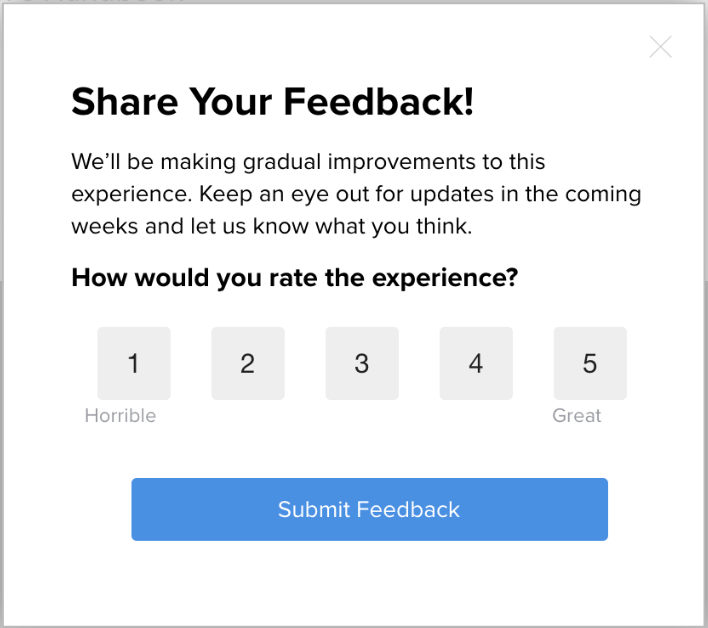One of the best ways to prepare for a new strategy or initiative is to understand the challenges that tend to go along with it. Driving digital adoption is no exception. With that in mind, it’s worth considering three of the most common challenges around driving digital adoption—and how to address them from the outset.
1. Shifting away from a reactive approach
In order to drive a successful digital adoption strategy that puts employees at the center, it’s crucial to proactively plan and iterate based on actual employee behavior and feedback. The problem, though, is that business technology teams may already be struggling to stay above water in a sea of app sprawl and employee frustration.
Too often, IT or internal product managers become so focused on addressing individual issues and support tickets that they fail to step back and consider broader insights into employee behavior, support themes, and what’s working and not working within the technology suite.
Instead, organizations need to become more proactive and take steps to better the situation one issue at a time. With the right digital adoption platform’s analytics, you can examine employee behavior and identify the most pressing problem to fix, and then add on to your strategy from there.
2. Getting buy-in across the organization
Putting employees at the center of technology decisions and improving their experience with software shouldn’t be the job of any one department or team. In fact, the last thing you want to do is silo digital adoption efforts in a single department.
Learn how to improve internal products and processes in the Digital Adoption Certification Course.
Teams like IT and internal product managers of course have a leading role to play given their technical resources, knowledge, and expertise. But in order for them to succeed, they need to cultivate a network of “adoption champions” across the company.
These champions—whether they are HR leaders or managers from different departments—will have closer day-to-day relationships with the employees adopting software, and therefore will be in a better position to help drive change. Make sure you’re involving these key stakeholders in your digital adoption strategy and planning from the very beginning.
3. Collecting and acting on employee feedback effectively
Feedback is a priceless asset for honing support and informing technology decisions because it’s coming from the people on the frontlines of receiving that support and using that technology. Yet nearly half of all organizations say they’re weak at collecting software-related employee feedback.
What’s more, feedback is only as valuable as what you do with it—and those companies that do collect feedback aren’t necessarily acting on it. This is understandable when feedback collection is limited to traditional in-person focus groups or mass email surveys—making it difficult to come away with objective insights and discern the right path forward.
The better way to collect employee feedback is within software tools while employees are engaging with them.
This strategy allows organizations to be more nimble and use in-app surveys and polls to quickly understand how employees are feeling. From there, teams can incorporate feedback into technology decisions and use it to inform their guidance strategy—helping to drive change not only from the top down, but from the bottom up.
Ready to learn more about common challenges to driving digital adoption and how to meet them? Take Pendo and Mind the Product’s free Digital Adoption Certification Course.






